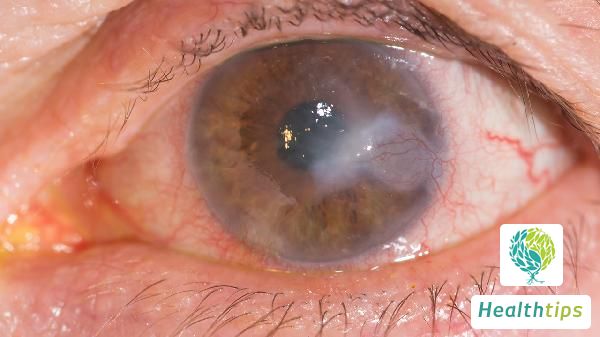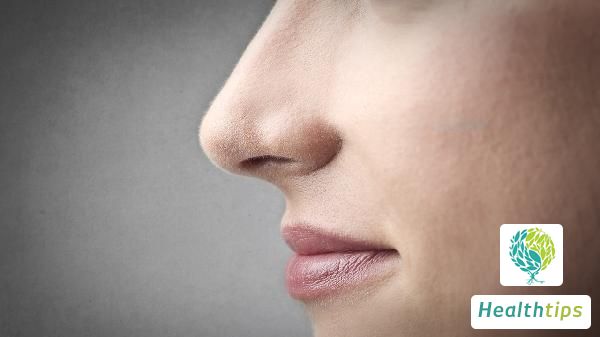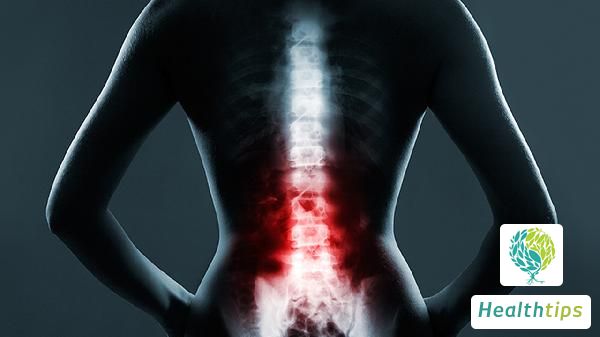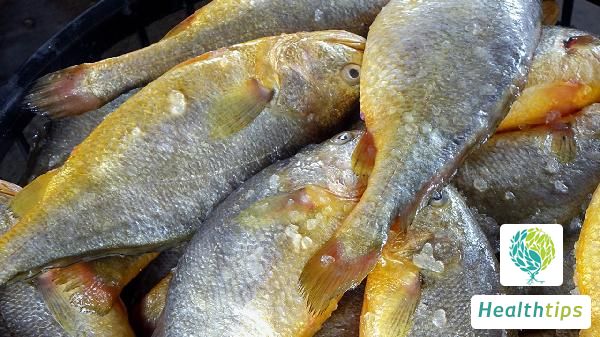"What are the Symptoms and Treatments of Gout?"
Update Date:
Source: Network
Gout: A Metabolic Disease Primarily Manifesting as Arthritis
Gout is a metabolic disorder characterized primarily by arthritis, predominantly affecting middle-aged and elderly males. Patients with gout often experience sudden onset of redness, swelling, heat, and pain in their joints, with severe cases leading to joint deformation.

Symptoms
- Acute Attack Phase: The typical symptoms of gout include sudden onset of pain and swelling in one or multiple joints, commonly affecting the first metatarsophalangeal joint, ankle, and knee. These attacks typically occur at night and are accompanied by significant tenderness upon pressure.
- Intercritical Period: This refers to the period following the resolution of gout symptoms, during which patients generally experience no significant discomfort.
- Chronic Phase: Chronic gout occurs when attacks recur and the condition gradually worsens, leading to stiffness and deformity in the affected joints.
Treatment
- Pharmacological Treatment: For patients in the acute attack phase, non-steroidal anti-inflammatory drugs (NSAIDs) such as Ibuprofen Sustained Release Capsules and Diclofenac Sodium Sustained Release Tablets can be prescribed under medical supervision. Additionally, Colchicine Tablets can be administered as per doctor's instructions. In case of allergies to these medications, Benzbromarone Tablets can be prescribed.
- Surgical Treatment: For patients with severe conditions and joint deformities, timely surgical intervention is necessary for correction. Furthermore, maintaining a healthy diet rich in fresh fruits, vegetables, and low-purine foods like apples, tomatoes, and cucumbers is crucial in daily life.



















